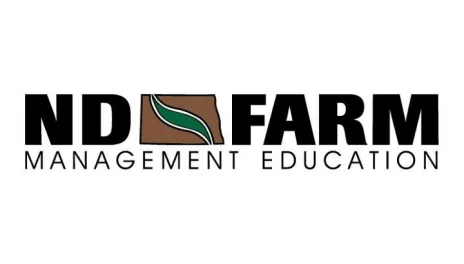2022 Farm & Ranch Financial Averages for South Central ND
2022 saw increased cash farm income for the fifth consecutive year for farmers and ranchers in the South-Central part of North Dakota. While cash expenses were also significantly higher, net cash income was still the second highest in the ten-year period at $410,256, down from 2021’s net cash income of $451,493 (Figure 1). After adjusting for inventory changes and depreciation, accrual-adjusted net farm income was $769,741 for 2022, the highest in the ten-year period (Figure 2). This is an increase of $218,803 from 2021 and an increase of $593,061 from 2020.


Rates of return on assets and equity also increased significantly in 2021 and 2022 (Figure 3). For the previous eight years, these profitability measures showed that, on average, farms were profitable, but were not in a strong profit position and caution was warranted to maintain profits. Achieving strong production, paying attention to input costs, and good marketing skills are important in these times. Having good production and marketing skills can greatly increase profits when commodity prices are high, as shown here, and enables farmers and ranchers to make capital purchases and other improvements that can increase efficiency and profits in the future.

Working capital also increased greatly over the last couple of years (Figure 4). As is expected in high profit years, more cash and/or sellable inventory is available to pay short-term obligations. Having a strong working capital position allows farms and ranches to pay for operating expenses without borrowing from a line of credit, which helps cash flow and can lower interest costs. Maintaining strong working capital should be a goal for farmers and ranchers. A good rule of thumb is to have at least 30% of gross income and 40% of operating expenses in working capital, which, on average, farms in the south-central region of North Dakota have maintained for the last 10 years (Figure 5).


Figure 6 shows the net return per acre for barley, corn, pinto beans, soybeans, sunflowers, and hard red spring wheat in the south-central region in 2022. The highest returning crop was sunflowers at $284/acre followed by corn at $243/acre. Barley was the third-highest returning crop at $201/acre with spring wheat and soybeans returning $158/acre and pinto beans at $69/acre. While net returns were good in 2022 due to good yields and good prices, expenses were very high and expenses are slow to decrease.

For 2022, beef cow-calf operations in the region returned an average of $125/cow with a gross return of $930/cow and total direct and overhead costs of $805/cow. Beef cows returned the highest net return since 2017.

Prices for 2023 crops are lower than in 2022, so 2023 may not be as profitable as 2022, but it’s important to note that many expenses are also lower in 2023 than 2022, so profits will hopefully be strong. Cattle price forecasts are higher in 2023 than in 2022, offering a chance at higher profits in 2023.
Jason Fewell
Jason.Fewell@lrsc.edu
Farm Business Management Instructor

